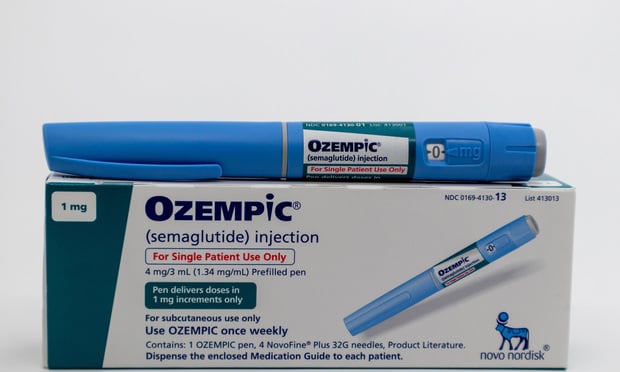With the first of the year on hand, many benefits professionalswill be making the business equivalent of New Year’s resolutions: abusiness plan. Most will face this task with dread. After all, noone ever got into sales out of a love for paperwork.
|Business plans, however, are far more than paperwork; they arean extremely effective means of guiding your business throughchange and aligning your team. I’ve explained how business plansaccomplish this magic in previous columns. Suffice to say theTrailblazed Sales Project Study found a high correlation betweenhaving a business plan and sales success. You can make substantialsales without a business plan, but it’s easier with one.
|The good news is that writing a business plan doesn’t have to behard. The book that grew out of the study, Trailblazed: ProvenPaths to Sales Success, lays out one simple approach tocreating a meaningful plan.
|And having a meaningful business plan is the goal. One way to besure your plan is worthy of the time you’ll invest in it is to payattention to how you state your goals. I’ve worked in and advisedorganizations large and small. I’ve seen all sorts of businessplans, read more mission statements than is recommended by theSurgeon General, and perused more goals than Transformer movieshave explosions. And like those special effects, too many delivermore noise than impact.
|Why the disconnect between goal statements and something useful?Because too often they articulate actions as opposed to results.They use words like “meet,” “discuss,” and “consider” instead of“launch,” “implement,” or “achieve.” They refer to what someonewill do as opposed to what that person will get done.
|This should not be a surprise. Talking about an initiative iseasy and safe; executing what’s needed to make the initiative cometo life is hard and risky. Describing goals in terms of resultsmeans someone is responsible for achieving that result. Identifyingwho is accountable for making something happen can be uncomfortable(especially if that someone is you).
|Results-oriented goals are risky in the sense that they are likeon-off switches: you either succeed or fail. As a wise Jedi put it“Do, or do not. There is no try.” (OK, actually Yoda was a puppet,but referring to him as a Jedi does give the statement a bit moreheft).
|Sometimes activity-goals disguise themselves as results-goals.For example, “Hold five seminars with 10 prospects at eachconcerning Product X” sounds good, whether seminars totaling 50potential buyers are conducted or not. But holding seminars isn’t aresult that matters—it’s something someone will do. Turning somepercentage of those prospects into clients is what’s important—andneeds to get done. This means a stronger goal statement would be to“Hold five seminars generating at least $10,000 in commissionrevenue from Product X sales by Oct. 1.”
|The difference between strong, result-oriented goals and theweaker, action-oriented variety is strong goals are SMART:Specific, Measurable, Agreed to, Realistic and Timely. SMART goalsprovide enough detail that everyone understands what’s to beaccomplished, what success looks like, and how success will bemeasured. They appreciate that the goal might be a stretch, butit’s doable, and they know by when that goal must be achieved.
|With SMART goals—or SMART New Year’s resolutions for thatmatter—you’re far more likely to have a happy and successful newyear. And that, coincidentally, is my wish for all of you.
Complete your profile to continue reading and get FREE access to BenefitsPRO, part of your ALM digital membership.
Your access to unlimited BenefitsPRO content isn’t changing.
Once you are an ALM digital member, you’ll receive:
- Critical BenefitsPRO information including cutting edge post-reform success strategies, access to educational webcasts and videos, resources from industry leaders, and informative Newsletters.
- Exclusive discounts on ALM, BenefitsPRO magazine and BenefitsPRO.com events
- Access to other award-winning ALM websites including ThinkAdvisor.com and Law.com
Already have an account? Sign In
© 2024 ALM Global, LLC, All Rights Reserved. Request academic re-use from www.copyright.com. All other uses, submit a request to [email protected]. For more information visit Asset & Logo Licensing.








